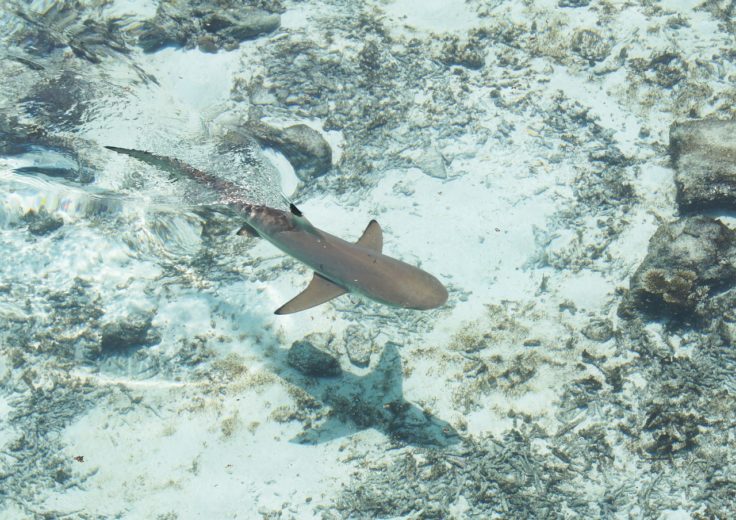
How to Rebuild an Ecosystem: A Look at White Sharks in California Bight
We are reader-supported. When you buy through links on our site, we may earn affiliate commission.
Great white shark sightings are on the rise in the Southern California Bight, the area of coastal waters that stretches from Santa Barbara to the U.S.-Mexico border. And it’s not because they’ve developed a taste for human flesh. It’s due to the fact that the species’ population has made an impressive comeback in the past 20 or so years.Although this news may be frightening to many beachgoers, scientists say it’s a good thing. Good for the sharks, of course, but also a fantastic sign for the health of the Southern California Bight ecosystem.
The Tale of the Great White
The white shark, also known as the great white, is the biggest predatory fish on the planet and typically grows to about 15 feet long. They live in cool, coastal waters around the world. Their prey consists of animals such as seals, sea lions and small toothed whales. Due to their hunting skills, pop culture and real-life depictions attacks, white sharks have gained a reputation as bloodthirsty killers. While there are around 50 to 75 great white attacks on humans each year, they are rarely fatal, and research shows that white sharks don’t actually want to eat humans. In fact, humans are more of a threat to the sharks than the other way around. Overfishing and accidentally snaring them in gill nets, poor water quality and a decline in prey populations has led to them being listed as a vulnerable species, the least dire of the threatened classifications. While exact numbers are difficult to ascertain, research suggests that white shark populations have risen in the past two decades.
How White Sharks Have Come Back
A number of factors have contributed to the return of the great white, including laws affecting fishing and water quality.1972’s Clean Water Act regulated the release of pollutants into water and set standards for water quality, which helped restore the white shark’s habitat. In 1994, California gave white sharks a special protected status that prohibited fishing them for either commercial or recreational reasons. As of 2004, a similar federal regulation also requires those who accidentally catch them to release great white sharks immediately and prohibits attempting to attract the sharks at all. In 1994, California also banned coastal gillnetting, which reduced the number of sharks that died as bycatch. The 1996 Sustainable Fisheries Act put further restrictions on overfishing. The restrictions helped reduce bycatch and rebuild the food webs of marine species. In 1999, the Marine Life Protection Act created a series of protected habitats that helped the white shark thrive.
What This Means for the California Bight Ecosystem
California gave the great white a special protected status because of the important role it plays in the state’s marine ecosystem. White sharks are predators at the top of the food chain, which means they’re crucial for controlling the populations of all of the other species in the system. Without them, the ecosystem could become unbalanced. Great whites also have naturally low reproduction levels, which makes them especially vulnerable to overfishing. The South California Blight area is especially important for the population of great whites. They use it, as well as other coastal areas, as nurseries where baby sharks learn to hunt fish. Great white sharks are crucial to the health of the ecosystems they live in. The growth of their population is a promising sign that efforts to rebuild the ocean environment is working. Not to mention, they help control Southern California’s stingray population, which cause many more injuries to beachgoers than sharks do.
Share on
Like what you read? Join other Environment.co readers!
Get the latest updates on our planet by subscribing to the Environment.co newsletter!
About the author

Jane Marsh
Starting from an early age, Jane Marsh loved all animals and became a budding environmentalist. Now, Jane works as the Editor-in-Chief of Environment.co where she covers topics related to climate policy, renewable energy, the food industry, and more.





